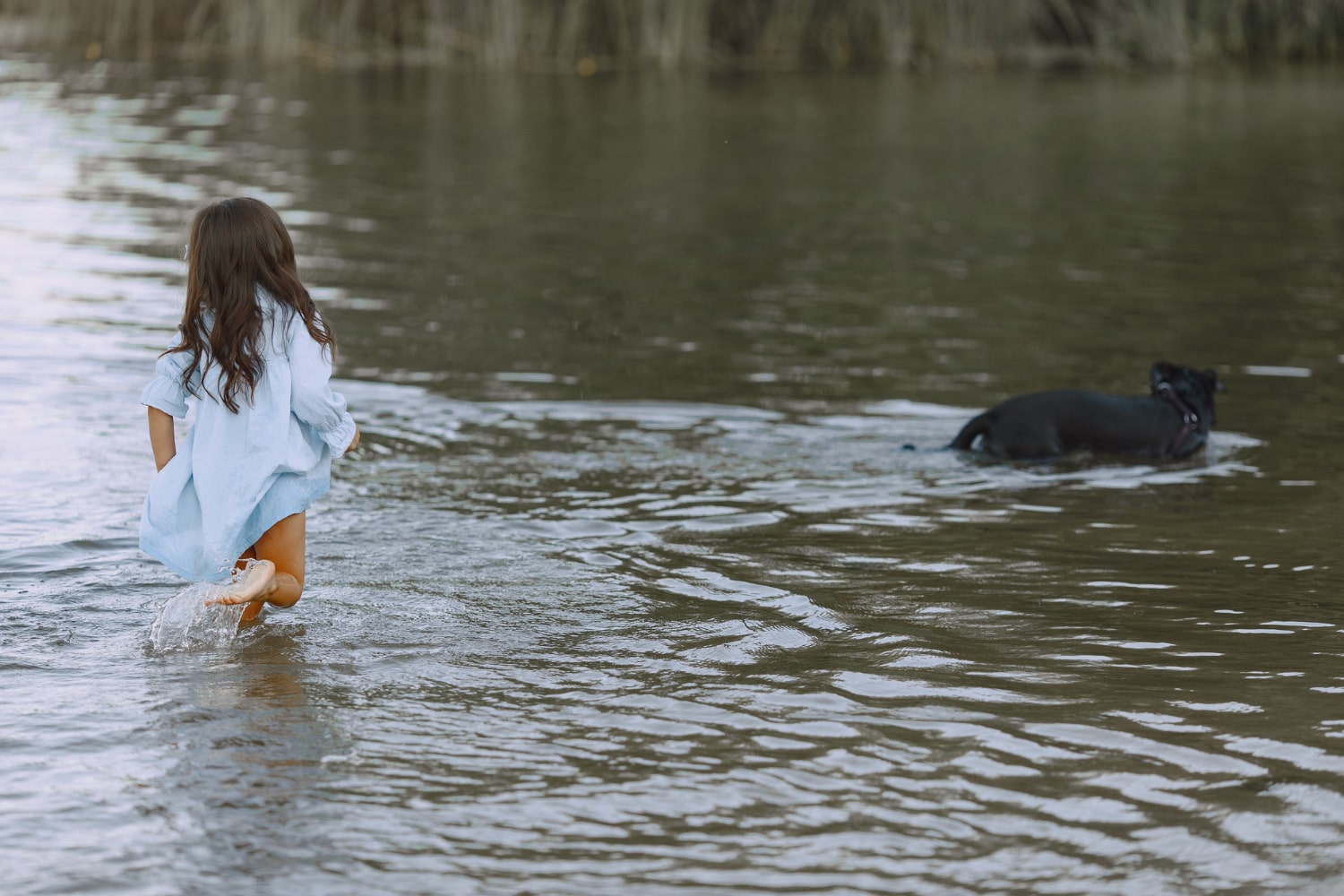Floods are among the most common natural phenomena in the world. They can reshape landscapes, destroy cities, and impact the lives of millions of people. Sometimes they strike suddenly, while other times they develop gradually with various causes and consequences. Although often seen as disasters, floods also play an essential role in natural cycles. Below are fascinating and educational facts about floods that you may not have known before.
- Floods can be caused not only by rain but also by melting snow, glaciers, or heavy storms in mountainous regions. Strong winds pushing water toward the shore can also lead to flooding. In some cases, dam failures or broken water channels become the primary causes.
- The most dangerous type of flood is the flash flood, where water levels rise rapidly within minutes. These usually occur in gorges and valleys where water has nowhere to go. They carry mud, rocks, and plant debris, making evacuation extremely difficult.
- One of the deadliest floods in history occurred in China in 1931. The Yangtze River overflowed, leading to the deaths of around two million people. The disaster was caused by a combination of prolonged rainfall, snowmelt, and poor infrastructure.
- Floods can last from a few hours to several weeks depending on terrain, rainfall, and drainage systems. In swampy areas, water may take up to a month to recede. The consequences often remain long after the water is gone.
- The Amazon River experiences seasonal flooding every year, with the flooded area exceeding 100,000 square kilometers. This natural phenomenon helps fertilize the soil and supports the biodiversity of the region. Local communities have adapted their way of life to these water level changes.
- In 2002, Central Europe experienced a major flood that affected countries including the Czech Republic, Germany, and Austria. The flooding was caused by prolonged rains and saturated soil. Damage was estimated in billions of euros, and tens of thousands of people had to evacuate.
- Floodwater often carries bacteria, chemicals, and petroleum products, posing a serious health risk. Outbreaks of disease frequently follow floods, especially in areas with inadequate sanitation. Access to clean drinking water and medical aid becomes a critical need.
- Lowlands, coastal areas, and cities near rivers are the most vulnerable to flooding. The risk is higher in regions with poor drainage infrastructure or no protective systems. Urbanization exacerbates the problem by reducing natural water absorption zones.
- Some floods are caused by human activity, including deforestation, river redirection, and the development of wetlands and natural retention areas. Such actions decrease the environment’s ability to regulate water flow. These human-made floods can be more destructive than natural ones.
- Modern meteorological systems can predict floods several days in advance. They analyze rainfall, temperature, water levels, and soil conditions. This allows time for preparation or evacuation.
- Floods occur most frequently in monsoon-prone countries such as India, Bangladesh, and Indonesia. In these regions, flooding is almost an annual event and affects millions of residents. Despite the risks, local communities have learned to coexist with this threat.
- Floods can cause massive economic damage, especially in agriculture, infrastructure, and housing. Crops are often destroyed, buildings collapse, and roads are washed away. Recovery from floods can take years.
- Some animals can sense an incoming flood hours before it happens. For example, snakes and ants migrate to higher ground in advance of rising waters. In some cultures, this is considered a natural warning.
- After flooding, mosquito populations often increase rapidly due to stagnant water. This can lead to the spread of diseases such as malaria and dengue fever. Authorities often conduct pest control operations in the aftermath.
- Cities implement various flood protection measures such as dams, levees, and water retention systems. Some metropolitan areas have built underground reservoirs to absorb excess water. These strategies help control water levels and prevent disasters.
- Floods contribute to soil erosion, especially along riverbanks and slopes. This results in the loss of fertile topsoil and the destruction of natural habitats. Over time, it reduces agricultural productivity and alters the landscape.
- The longest modern flood occurred in Bangladesh in 1998 and lasted over a year. It submerged two-thirds of the country. Millions of people were left homeless and without access to basic necessities.
- Floods can also benefit the environment in some ways. They irrigate dry land, distribute nutrients, and support biodiversity. Some species of fish only spawn during seasonal flooding periods.
- Climate change is likely to increase the frequency and intensity of floods in the future. Rising temperatures affect evaporation, glacier melt, and precipitation patterns. As a result, infrastructure needs to be adapted to withstand new levels of risk.
Floods are not just natural disasters but complex phenomena with multiple causes, forms, and consequences. These incredible facts show how deeply floods affect people, nature, and economies. You may not have known that floods can result from human actions or bring benefits to ecosystems. Understanding these aspects helps us better prepare for potential dangers and reduce the damage they may cause.





